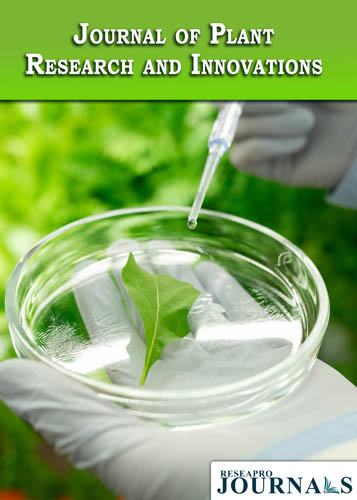
Journal of Plant Research and Innovations
OPEN ACCESS

OPEN ACCESS

Background: The present research is based on the hypothesis that foliar spray of zinc oxide nanoparticles (ZnO NPs) or application of biofertilizers such as vesicular arbuscular mycorrhiza (VAM) or arbuscular mycorrhizal fungi (AMF) and phosphate solubilizing bacteria (PSBs) are more efficient than generally used chemical fertilizers supplementation such as nitrogen (N), phosphorus (P) and supplementation of zinc (Zn).Methods: In this study, six mustard varieties, Brassica juncea var. Alankar, Pusa Jai Kisan, Varuna, Sakha, Rohini, and Pusa Bold were tested for their comparative growth responses. Out of the six tested varieties, only two screened varieties (Alankar and Rohini) were further tested for their comparative growth responses among the foliar spray of zinc oxide nanoparticles (ZnO NPs), soil-applied chemical fertilizers to supplement nitrogen (N) phosphorus (P) and zinc (Zn) as zinc sulfate and soil-applied biofertilizers as phosphate solubilizing bacteria (PSBs) and vesicular arbuscular mycorrhiza (VAM) or arbuscular mycorrhizal fungi (AMF).Results: The results revealed that out of these three treatments, ZnO NPs signi cantly (p≤0.05) increased the growth morphology of the two mustard varieties, followed by VAM/AMF and PSBs, which were followed by chemical supplementation of N, P, and Zn. The effects were more pronounced in Alankar than in the Rohini variety of mustard. Conclusions: From the present study, it is concluded that foliar spray of ZnO NPs and the application of biofertilizers can be a potent alternative to costly chemical fertilizers in the cultivation of mustard crops.